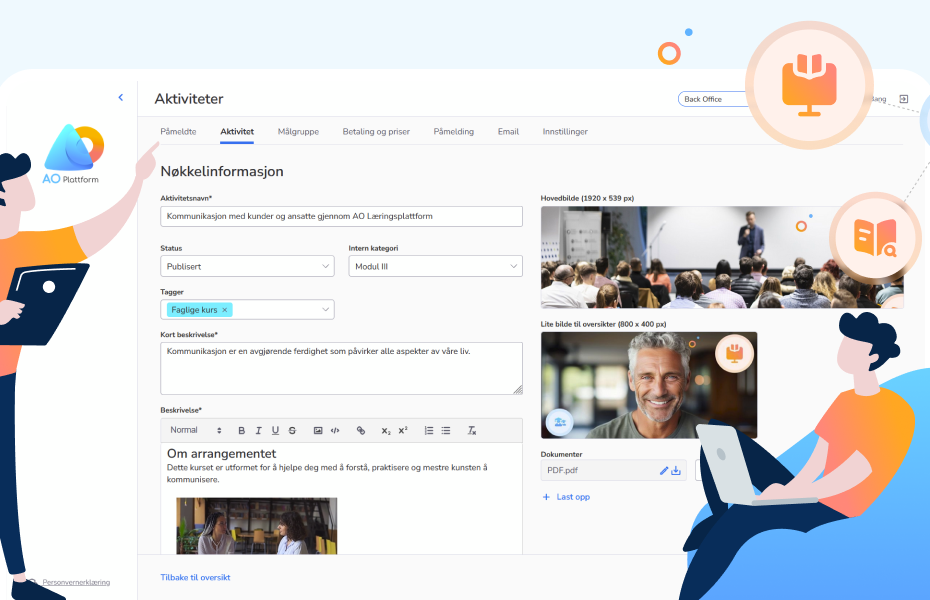In the digital era, software has become an indispensable tool for individuals, businesses, and organizations across industries. From project management and collaboration to accounting and customer relationship management (CRM), online software solutions have revolutionized how we work, communicate, and conduct business. This comprehensive guide delves into the world of e-software, examining its benefits, key features, popular categories, implementation strategies, and future trends shaping the landscape of digital tools.
Understanding Online Software:
Online software, also known as web-based or cloud-based software, refers to applications and services that are accessed and operated over the internet through a web browser. Unlike traditional desktop software, e-software does not require installation or local storage and offers the flexibility of accessing data and resources from any device with an internet connection.
Key Features of Online Software:
- Accessibility: Online software provides anytime, anywhere access to applications and data, enabling users to work remotely, collaborate in real-time, and access information from multiple devices seamlessly.
- Scalability: Online software solutions can scale to accommodate the needs of individuals, small businesses, and large enterprises, with flexible pricing plans and subscription-based models that allow users to pay only for the resources and features they need.
- Collaboration: Online software facilitates collaboration and teamwork by enabling users to share documents, collaborate on projects, and communicate in real-time through integrated messaging, file sharing, and collaboration tools.
- Security: Online software solutions prioritize data security and privacy, employing robust encryption, authentication, and access control mechanisms to protect sensitive information from unauthorized access and cyber threats.
Popular Categories of Online Software:
- Project Management: Project management software helps teams plan, organize, and track project activities, tasks, and milestones, facilitating collaboration, resource allocation, and progress monitoring.
- Customer Relationship Management (CRM): CRM software enables businesses to manage customer relationships, track interactions, and streamline sales, marketing, and customer service processes to enhance customer satisfaction and loyalty.
- Accounting and Finance: Accounting software automates financial processes, including invoicing, expense tracking, and budgeting, to help businesses manage finances, streamline operations, and make informed financial decisions.
- Human Resources (HR) and Talent Management: HR software simplifies HR processes, such as recruitment, onboarding, performance management, and employee engagement, to attract, retain, and develop top talent.

Implementation Strategies for Online Software:
- Needs Assessment: Conduct a thorough needs assessment to identify business requirements, challenges, and goals to determine the most suitable e-software solutions that align with your organization’s needs.
- Vendor Evaluation: Research and evaluate e-software vendors based on factors such as features, functionality, user interface, pricing, customer support, and integration capabilities to select the right solution for your organization.
- Training and Onboarding: Provide comprehensive training and onboarding sessions to users to familiarize them with the e-software’s features, functionalities, and best practices for maximizing productivity and efficiency.
- Data Migration and Integration: Ensure seamless migration of data from legacy systems to the new e-software platform, and establish integrations with existing systems, applications, and third-party tools to streamline workflows and data exchange.
Future Trends in Online Software:
- Artificial Intelligence (AI) and Automation: Online software solutions will leverage AI and automation technologies to enhance productivity, efficiency, and decision-making processes, with features such as predictive analytics, chatbots, and automated workflows.
- Augmented Reality (AR) and Virtual Reality (VR): AR and VR technologies will be integrated into e-software solutions to create immersive and interactive experiences for training, product demonstrations, and virtual meetings.
- Blockchain and Decentralized Applications (DApps): Blockchain technology will enable the development of decentralized e-software applications, offering enhanced security, transparency, and trust for transactions, contracts, and data management.
- Edge Computing and IoT Integration: Online software platforms will leverage edge computing and IoT integration to process data closer to the source, enabling real-time analytics, monitoring, and automation for connected devices and sensors.
Conclusion:
Online software has transformed the way individuals and organizations work, communicate, and innovate in the digital age. By understanding the key features, benefits, categories, implementation strategies, and future trends of e-software, businesses can harness the full potential of technology to drive growth, efficiency, and success in today’s dynamic and competitive landscape. Embrace the power of e-software and embark on a journey of digital transformation, collaboration, and innovation to unlock new opportunities and achieve your business objectives.
